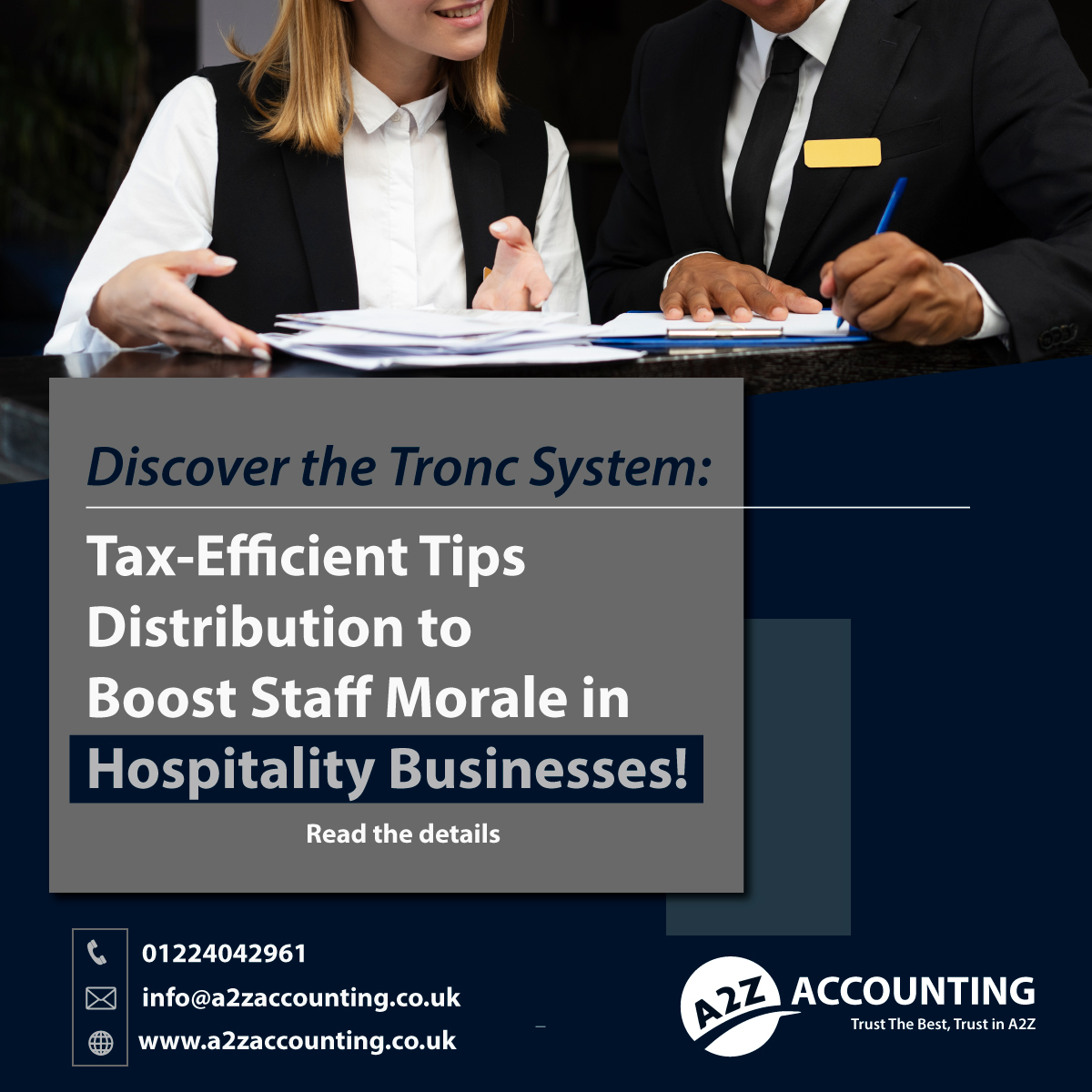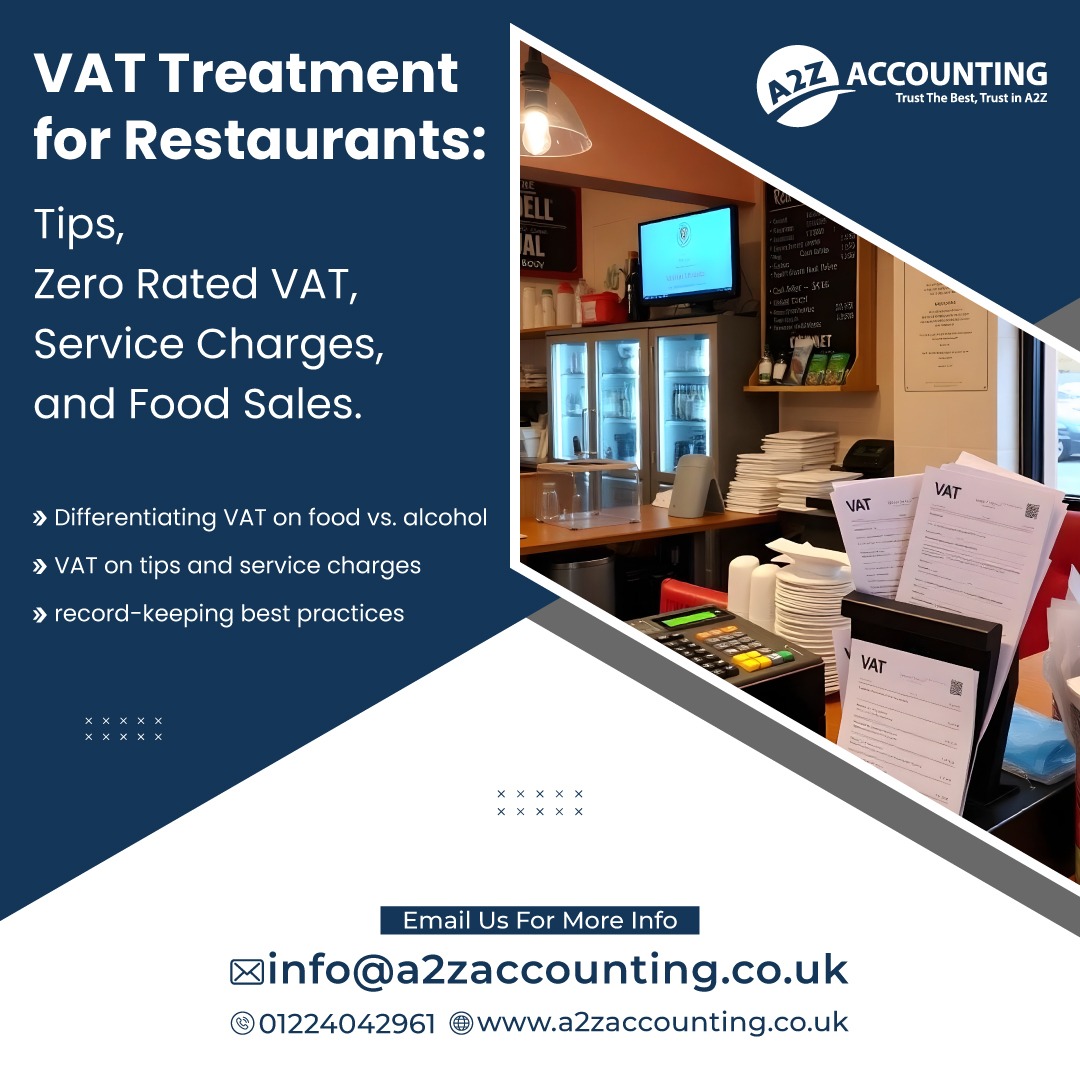In the competitive world of restaurant management, maintaining an efficient and fair system for handling tips and service charges can significantly impact employee satisfaction and operational success. In the UK, the Tronc system is a popular method for managing these aspects, and understanding how it works can help restaurant owners maximise efficiency and ensure tax compliance. This article provides an in-depth look at the Tronc system and offers practical tips for restaurant owners to enhance their operations while staying on the right side of tax regulations.
What is the Tronc System?
The Tronc system is a structured method used primarily in the hospitality sector to manage and distribute tips and service charges. It is a separate system from the restaurant’s payroll and serves to ensure that the distribution of these payments is both fair and transparent. Here is a breakdown of how it works:
- Collection: Tips and service charges are collected by the restaurant. These can include discretionary tips left by customers, as well as mandatory service charges added to bills.
- Tronc Master: A designated person, often called a Troncmaster, oversees the Tronc system. This individual is responsible for managing the distribution of funds among staff members. The Troncmaster can be an employee or an external advisor, but they must be impartial and maintain transparency.
- Distribution: The Troncmaster allocates the collected tips and service charges among employees based on a predetermined system. This distribution can be based on several factors such as hours worked, role, or seniority.
- Administration: The Tronc system requires meticulous record-keeping. The Troncmaster must maintain accurate records of all tips collected, how they are distributed and the total amounts given to each employee.
Benefits of the Tronc System
- Tax Efficiency: The Tronc system offers tax advantages. Tips distributed through the Tronc system are not subject to National Insurance contributions, as tips are treated as “unearned” income. However, they are still subject to income tax. Also, amounts received as tips are exempt from VAT as
thisthis is considered to be separate from the employer’s income and this saves VAT. - Fairness: By having a structured system for distributing tips, restaurants can ensure that all staff members receive a fair share, which can improve morale and reduce potential conflicts.
- Transparency: The Tronc system fosters transparency in how tips are managed and distributed, which can enhance trust between employees and management.
Maximising Efficiency and Tax Compliance
To get the most out of the Tronc system, restaurant owners should consider the following strategies:
1. Appoint a Competent Troncmaster
Choosing a competent Troncmaster is crucial. This person should have a clear understanding of the Tronc system, excellent organisational skills, and a commitment to fairness. Some restaurants choose to outsource this role to a professional who specialises in managing Tronc systems, which can provide additional expertise and reduce administrative burdens.
2. Establish Clear Guidelines
Develop clear guidelines for how tips and service charges will be distributed. This includes determining the criteria for distribution, such as seniority or hours worked, and ensuring that all employees are aware of these guidelines. Transparency in how decisions are made can prevent disputes and foster a positive working environment.
3. Implement Robust Record-Keeping
Accurate record-keeping is essential for compliance and efficiency. Use accounting software or specialised Tronc management systems to track all transactions, distributions, and related documentation. This will facilitate audits, ensure compliance with tax regulations, and provide a clear audit trail.
4. Regularly Review the System
Regularly review and update the Tronc system to address any issues and adapt to changes in the business environment. This could include adjustments to distribution methods, changes in staff roles, or updates to tax regulations. Regular reviews help maintain the system’s effectiveness and compliance.
5. Stay Informed About Tax Regulations
Keep abreast of changes in tax legislation and ensure that the Tronc system remains compliant with the latest rules. Engage with accounting professionals who specialise in hospitality to ensure that your system aligns with current tax laws and maximises tax efficiency.
6. Communicate with Staff
Maintain open communication with your staff regarding the Tronc system. Ensure they understand how tips are distributed and be transparent about any changes. Address any concerns promptly to maintain trust and satisfaction among employees.
Conclusion
The Tronc system, when implemented effectively, can benefit restaurant owners by providing a fair and transparent method for managing tips and service charges while offering tax efficiencies. By appointing a competent Troncmaster, establishing clear guidelines, maintaining accurate records, and staying informed about tax regulations, restaurant owners can optimise their Tronc system for maximum efficiency and compliance. Engaging with accounting professionals who understand the intricacies of the Tronc system can further enhance these benefits, ensuring a smooth and compliant operation.
If you are looking to streamline your restaurant’s Tronc system and ensure optimal tax compliance, our accounting services can provide the expertise you need. Contact us today to learn how we can help you manage your tips and service charges more effectively and efficiently.
If you would like assistance from an expert accountant on this, contact us by filling in this simple form https://a2zaccounting.co.uk/contact/.












